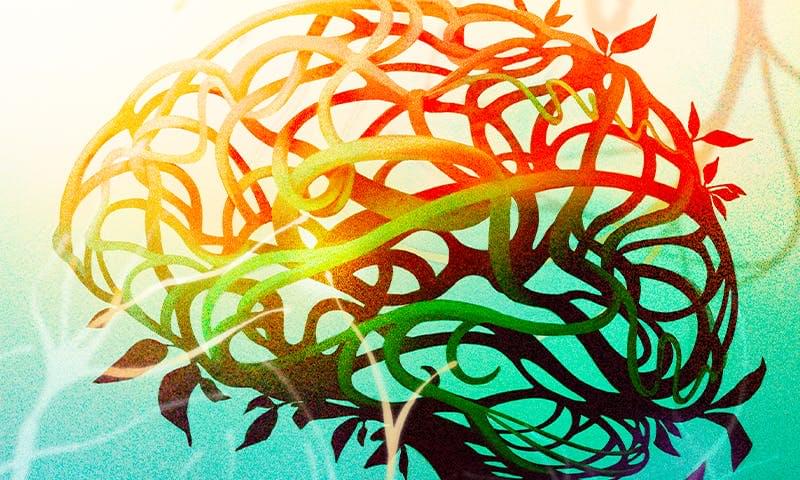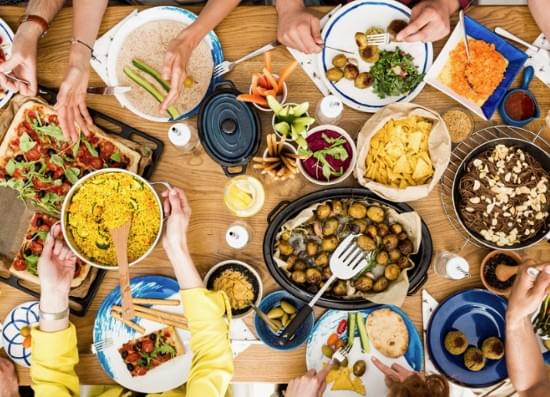In episode 13 of the Quantum Consciousness series, Justin Riddle discusses how microtubules are the most likely candidate to be a universal quantum computer that acts as a single executive unit in cells. First off, computer scientists are trying to model human behavior using neural networks that treat individual neurons as the base unit. But unicellular organisms are able to do many of the things that we consider to be human behavior! How does a single-cell lifeform perform this complex behavior? As Stuart Hameroff puts it, “neuron doctrine is an insult to neurons,” referring to the complexity of a single cell. Let’s look inside a cell, what makes it tick? Many think the DNA holds some secret code or algorithm that is executing the decision-making process of the cell. However, the microscope reveals a different story where the microtubules are performing a vast array of complex behaviors: swimming towards food, away from predators, coordinating protein delivery and creation within the cell. This begs the question: how do microtubules work? Well, they are single proteins organized into helical cylinders. What is going on here? Typically, we think of a protein’s function as being determined by its structure but the function of a single protein repeated into tubes is tough to unravel. Stuart Hameroff proposed that perhaps these tubulin proteins are acting as bits of information and the whole tube is working as a universal computer that can be programmed to fit any situation. Given the limitations of digital computation, Roger Penrose was looking for a quantum computer in biology and Stuart Hameroff was looking for more than a digital computation explanation. Hence, the Hameroff-Penrose model of microtubules as quantum computers was born. If microtubules are quantum computers, then each cell would possess a central executive hub for rapidly integrating information from across the cell and to turn that information into a single action plan that could be quickly disseminated. Furthermore, the computation would get a “quantum” speed-up in that exponentially large search spaces could be tackled in a reasonable timeframe. If microtubules are indeed quantum computers, then modern science has greatly underestimated the processing power of a single cell, let alone the entire human brain.
~~~ Timestamps ~~~
0:00 Introduction.
3:08 “Neuron doctrine is an insult to neurons”
8:23 DNA vs Microtubules.
14:20 Diffusion vs Central Hub.
17:50 Microtubules as Universal Computers.
23:40 Penrose’s Quantum Computation update.
29:48 Quantum search in a cell.
33:25 Stable microtubules in neurons.
35:18 Finding the self in biology.
#quantum.
#consciousness.
#microtubules.
Website: www.justinriddlepodcast.com.
Email: [email protected].
Twitter: @JRiddlePodcast.
Music licensed from and created by Baylor Odabashian. BandCamp: @UnscrewablePooch.
Painting behind me by Paul Seli. IG: @Paul. Seli.art




